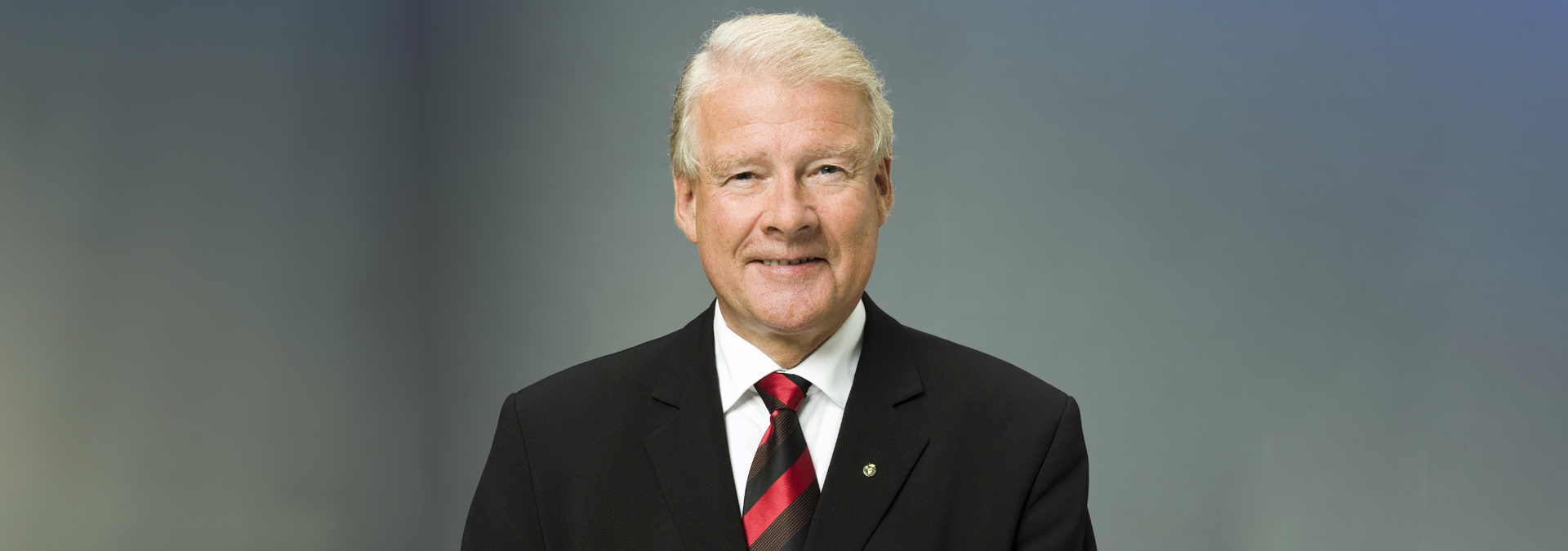The Progress Party (FrP) was founded in 1973 by Anders Lange, originally as the “Anders Lange’s Party”, with the aim to lower taxes, reduce welfare benefits, and cut foreign aid. After Lange’s death in 1974, Carl I Hagen succeeded him and led the party’s resurgence in the 1981 election. In 1983, the FrP abandoned its previously ideology-free stance and adopted a libertarian ideology with a new policy program. However, it was not until the end of the decade, with increased focus on immigration issues, that the party made significant strides among Norwegian voters.
FrP:s first major success came in the 1987 local elections, partly due to attention drawn by a letter from a Muslim immigrant predicting the Islamization of Norway no matter what politicians did to stop it, due to the sheer amount of muslim babies being born. It sparked a major debate. Hagen was later accused of forging the letter, dubbed the Mustafa letter, leading to a legal process. From then on, the party focused on reducing asylum immigration. The following year, the FrP surged in opinion polls and became the third-largest party in parliament in 1989. During this time, the party pushed for a referendum on refugee immigration.
However, the party’s libertarian faction persisted, leading to internal strife and declining support in the early 1990s. By the mid-1990s, immigration issues once again regained prominence in the national debate, leading to renewed popularity. In the early 2000s, the FrP reached new highs in opinion polls, but the 2001 election was a disappointment. Hagen aimed to make the party more cooperative, resulting in the departure and expulsion of radical immigration critics.






